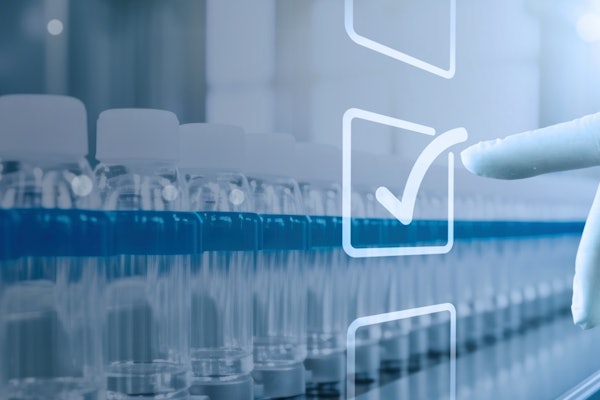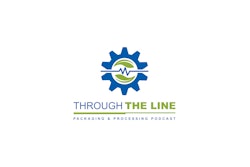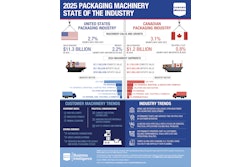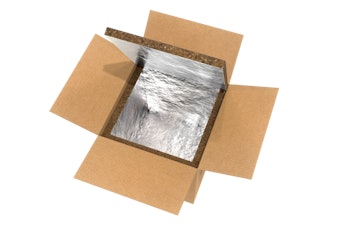Automation blogger Keith Campbell (www.OnTheEdgeBlog.com) reports that the Packaging Machinery Manufacturers Institute (www.pmmi.org) is predicting "that the penetration of robotics in new packaging lines will double between now and 2012."
The life sciences/pharmaceutical/biomedical/medical device market is one of the best performing (up 20% in 2007) according to the Robotic Industries Assn. (www.roboticsonline.com).
Walt Langosch, sales and marketing director at ESS Technologies (www.esstechnologies.com), a packaging machinery manufacturer and a strategic partner with Fanuc Robotics (www.fanucrobotics.com) says that in the past 14 months, his company has seen a 47% increase in inquiries for robotic systems from medical device manufacturers looking to automate assembly and packaging processes.
Langosch says, "Customers are turning to robotic solutions for assembly and packaging of diagnostic test kits, medical devices, and drug delivery devices."
The monitoring and capturing of data and analysis of line efficiency is one factor driving the trend. "Pharmaceutical and medical device customers are increasingly concerned about Overall Equipment Effectiveness," Langosch explains. "Integrated robotics can help increase the OEE of any new or existing assembly or packaging line by increasing production efficiency," Langosch continues, "driving the manufacturer's competitiveness."
Automation must also consider validation concerns and projected ROI (return on investment).
"Of course, manual processes are difficult to validate," Langosch continues. "Automated assembly lines simplify the validation process by incorporating sophisticated controls, sensors and vision systems to verify product quality, and the process itself. These systems can be validated to comply with current FDA regulations."
If you think of validation as a guarantee to the FDA that a process happens the same way each and every time, you are pretty much defining what a robot does.?
Also, from a financial standpoint, the move away from manual to automated tasks involves the discussion of how far to go with automation. Are we looking at "hard automation" solutions (a machine or component designed and built to do one thing well, offering a range of flexibility of sizes and speeds), or do we buy the robot?
Procurement is looking at the various choices and can see an added benefit with robots. If a product fails to catch on or is withdrawn from the market, the hard automation machine or component can become obsolete and get tossed in the boneyard, or at the least be run through an expensive and time-consuming modification process.
Robots can be easily reconfigured. New applications may require only a new end effector and programming to convert the system from one application to another, offering some ROI assurance.
Each pharmaceutical firm, medical device company, and contract packager has to conduct its own analysis, consider its engineering needs, real costs, and specific payback formulas, etc. But current market conditions point to a need for increased OEE, smart validation, and sound investment choicespromising a future with robots.



















